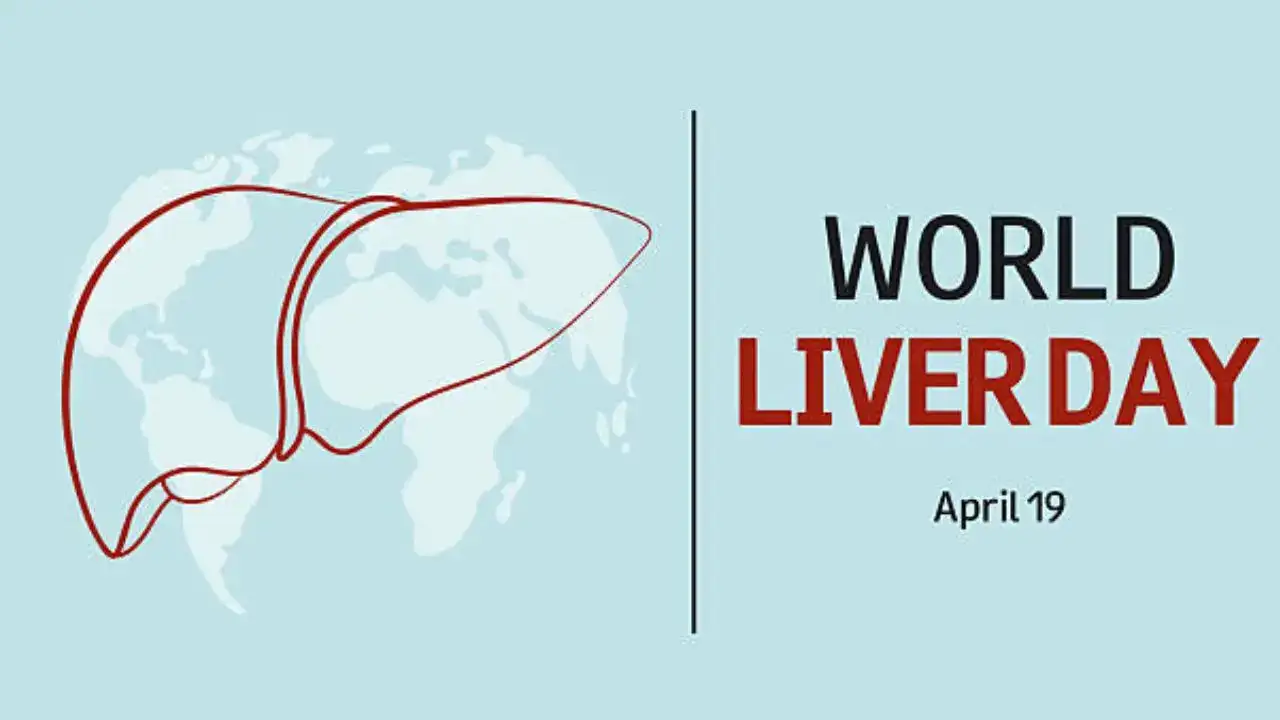
World Liver Day: Hepatitis Or Hangover? Spot The Real Reason Behind Your Fatigue (Image Credits: iStock)
Liver diseases are increasingly becoming a major public health issue worldwide. According to the World Health Organization (WHO), liver disease accounts for over 2 million deaths annually, with viral hepatitis and alcohol-related liver disease being among the leading causes. Sedentary lifestyles, changing dietary patterns, rising alcohol consumption, and increased exposure to infectious agents have all contributed to the surge in liver-related ailments. Among the most common conditions are viral hepatitis and alcoholic liver disease (ALD), both of which can lead to irreversible liver damage if not addressed early.
What Is Viral Hepatitis?
Viral hepatitis is caused by an infection of the liver by one of several viruses: Hepatitis A, B, C, D, and E. Each type has a distinct mode of transmission and disease progression.
“Hepatitis A and E are commonly spread through contaminated food or water, while Hepatitis B, C, and D are transmitted via blood or body fluids—such as during unprotected sex, needle sharing, or from mother to child during childbirth,” explains Dr Rajesh Padhan, Clinical Director, Department of Gastroenterology and Hepatology, Marengo Asia Hospitals, Gurugram.
Hepatitis A and E generally result in acute infections that often resolve on their own. However, Hepatitis B and C can persist as chronic infections, silently damaging the liver over time and increasing the risk of cirrhosis and liver cancer.
What Is Alcoholic Liver Disease?
In contrast to viral hepatitis, alcoholic liver disease is not infectious. It is a direct result of excessive and prolonged alcohol intake. The liver plays a major role in breaking down alcohol, but chronic consumption leads to liver inflammation and scarring.
“ALD progresses in stages—from fatty liver (steatosis) to alcoholic hepatitis and finally cirrhosis if alcohol use continues,” says Dr Rajesh Padhan. “This damage is entirely preventable and is rooted in lifestyle choices, particularly alcohol consumption.”
Biological factors also play a role. Women are more susceptible to ALD due to differences in how their bodies metabolise alcohol. Further, genetic predisposition, poor nutrition, and pre-existing liver conditions can increase the disease.
How Do Symptoms Differ?
In the early stages of both conditions, there may be little to no symptoms. However, as the liver becomes increasingly damaged, the symptoms often begin to overlap.
“In viral hepatitis, particularly in its acute form, symptoms can include fever, dark urine, pale stools, muscle pain, and sudden onset of jaundice,” Dr Padhan shares. “With ALD, symptoms tend to develop slowly and may include loss of appetite, weight loss, abdominal discomfort, red palms, and spider-like blood vessels on the skin, especially in advanced stages like cirrhosis.”
Diagnosis and Treatment
Both diseases require comprehensive diagnostic approaches, including liver function tests, imaging studies such as ultrasounds or CT scans, and sometimes liver biopsies.
“In viral hepatitis, specific blood markers help identify the virus involved,” says Dr. Padhan. “For ALD, we assess liver enzyme levels and take a detailed history of alcohol use.”
Treatment varies significantly. While Hepatitis A and E usually resolve without medication, chronic Hepatitis B and C are treated with antiviral drugs. Hepatitis A and B can also be prevented through vaccination.
“For ALD, the cornerstone of treatment is total abstinence from alcohol,” explains Dr Padhan. “Depending on the severity, supportive care with nutritional therapy, liver-protective medications, and in extreme cases, a liver transplant may be necessary.”
Prevention and Awareness
Preventive strategies differ but are equally crucial for both conditions. “Viral hepatitis can be prevented by maintaining hygiene, practising safe sex, using sterilised medical equipment, and getting vaccinated,” Dr Padhan advises. “For ALD, prevention is purely lifestyle-driven—moderating or eliminating alcohol intake can go a long way.”
Both viral hepatitis and ALD are serious conditions that demand timely diagnosis and intervention. Understanding the differences not only helps in proper treatment but also empowers individuals to take preventive steps to protect their liver health.
“Awareness is key,” says Dr Rajesh Padhan. “Liver damage is often silent until it's too late. Regular health check-ups, responsible lifestyle choices, and early medical intervention can save lives.”
Get Latest News Live on Times Now along with Breaking News and Top Headlines from Health and around the world.
